#Ailanthus altissima
Explore tagged Tumblr posts
Text
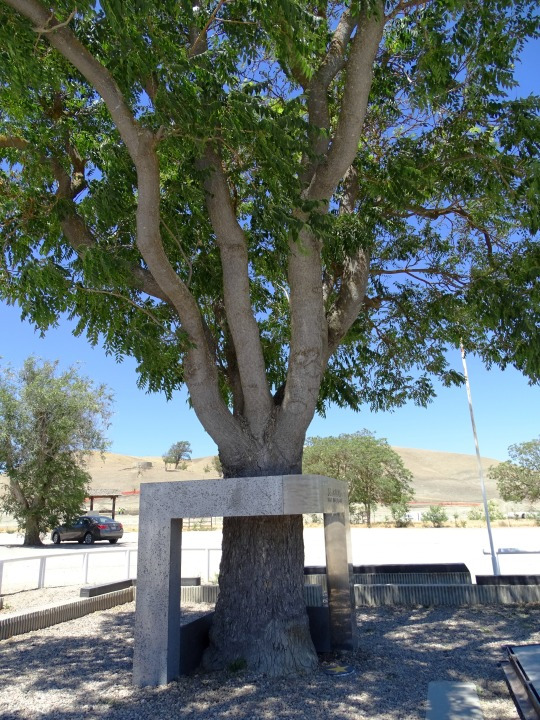
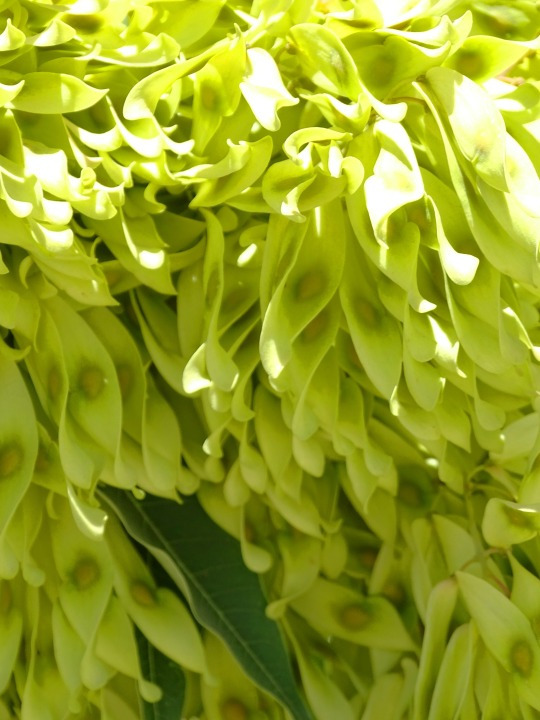

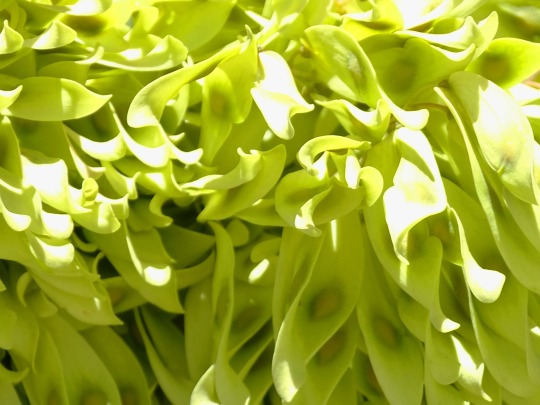

James (Byron) Dean was born on February 8, 1931.
#Ailanthus altissima#tree of heaven#Chinese sumac#paradise tree#Cholame#San Luis Obispo County#James Dean#James Dean Memorial#James Dean monument#travel#original photography#vacation#tourist attraction#landmark#landscape#flora#nature#summer 2022#California#West Coast#actor#USA#born#birthday#8 February 1931#anniversary
7 notes
·
View notes
Text




4 notes
·
View notes
Text
Discovering the links between the temperate and tropical flora
Botany both hot and cold. Join me on my 20+ year and ongoing journey looking for links between the tropical and temperate flora
How are the tropical and temperate floras linked? I spent a good part of my time as a botanist thinking about this. I was born in the tropics, and weaned on a tropical flora. There in the tropics, there is so much variety – enough for lifetimes of study. I thought I would stay there forever, exploring the great southeast Asian tropical flora. Yet, life brought me to the south temperate lands of…

View On WordPress
#Agathis atropurpurea#Agathis australis#Agathis microstachya#Agathis robusta#Ailanthus altissima#Ailanthus triphysa#Araucaria angustifolia#Araucaria araucana#Araucaria bidwillii#Araucaria cunninghamii#Araucaria hunsteinii#Asplenium cuneatum#Asplenium ruta-marina#Asplenium scolopendrum#Asplenium simplicifrons#Clematis pickeringii#congeneric#Elaeagnus pungens#Elaeagnus triflora#Euphorbia amygdaloides#Euphorbia thymifolia#Ilex aquifolium#plant genera#Polygala linariifolia#Polygala myrtifolia#Prunus turneriana#Rubus alceifolius#temperate flora#tropical and temperate#tropical flora
0 notes
Text
Being wrong
what's the most cancelable shit y'all do when ur not online
#sometimes i am confidently wrong#i can admit when i am wrong#but i will call a sumac tree ailanthus altissima with my whole chest#then be corrected and go 'oh'
112K notes
·
View notes
Text
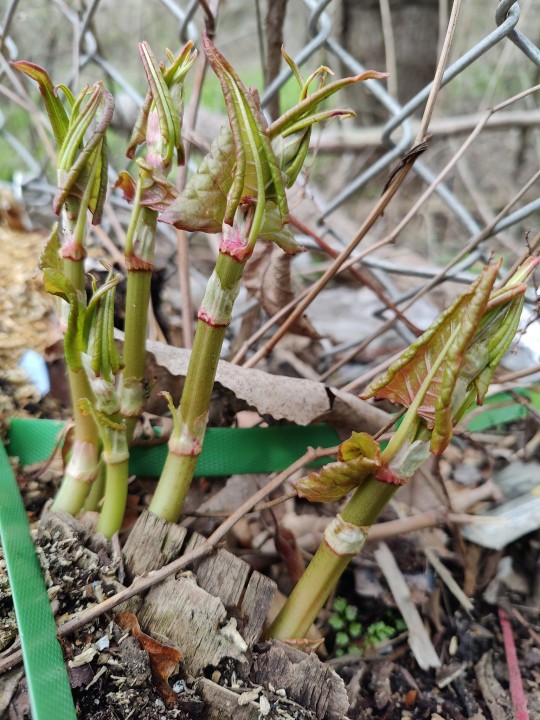
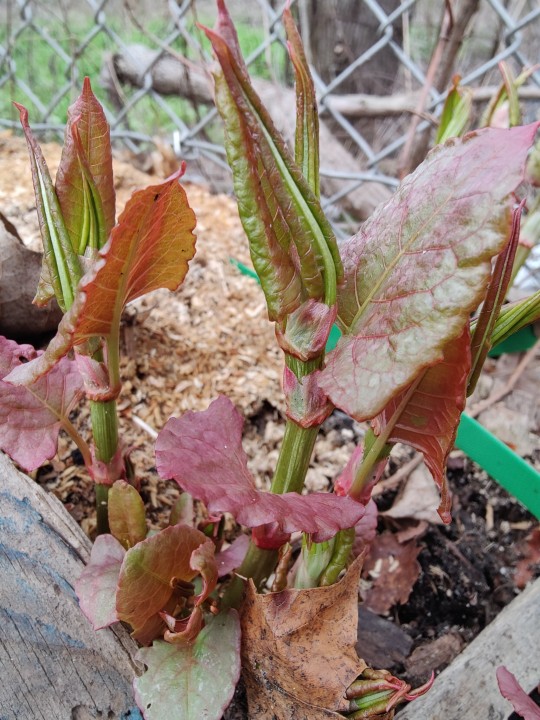
japanese knotweed (reynoutria japonica) in post industrial new england
#terribly invasive species! as dominates this area.#along with black walnut (native) because black walnut likes to kill most things it grows around (allelopathy)#tree of heaven (ailanthus altissima) (another invasive plant from Asia which hosts the spotted lanternfly an agricultural pest)#also has allelopathic properties and also dominates.#v
1 note
·
View note
Text

Ailanthus altissima ~ Trees of Heaven, V/24
769 notes
·
View notes
Note
Either no one has asked yet or there are no results, but could you do the "Mark Zuckerberg" game grumps rant?
String identified:
a t g a: a a c t g, , t t t ?
: a.. A: tcg g Ct c tc ac t ca cg t t
a: a a at ' tag at gt .
: a.. A: G a cat ac t cg a a t gt cg t g a g t at c t ca't cg t t a t t c t atc t t c g a
a: A, ' cag .
: a.. A: tcg -a -a t t t c t t t tcg t t t t a a cg t t g ' t
a: , a. '…' t t tag at t G ta.
"at, , . ' ta' c at." A: a ' t ta at t ac a a t a a t tt t t a t a at t ac c t atc t a a a a a ag c g a c -a ca t g Tt t tac c t g t ac 't g ca't t t c t ac A ca t a t g t ac t c t ac
: .. A: A CG.
Closest match: Ailanthus altissima genome assembly, chromosome: 12 Common name: Tree of Heaven
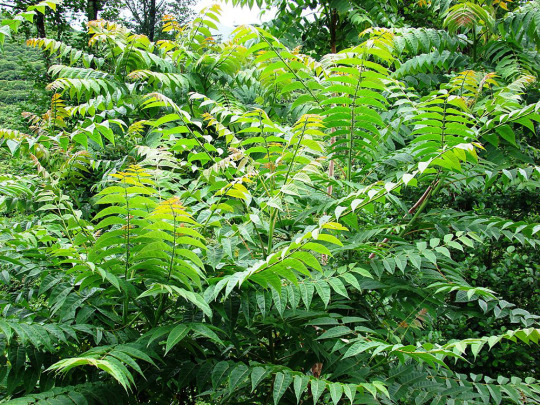
#tumblr genetics#asks#requests#genetics#sent to me#geoffthewitch#game grumps#arin hanson#dan avidan#mark zuckerberg#plants#trees#tree of heaven#high fantasy ass name
815 notes
·
View notes
Text
Word List: Heaven

beautiful words with "heaven" to try to include in your poem/story
Heaven-born - of heavenly birth or origin; celestial, divine
Heaven-dust - (slang): cocaine
Heaven knows - used to stress that something is not known
Heavenless - having no heaven; having no part or place in the heaven of the Deity
Heavenlike - heavenly (i.e., of or relating to heaven or the heavens; celestial; suggesting the blessed state of heaven; beatific
Heavenly body - an aggregation of matter in the universe (such as a planet, star, or nebula) that can be considered as a single unit (as for astronomical study); celestial body
Heavenly-minded - devout, godly, pious
Heaven-sent - providential
Heaven tree - tree of heaven i.e., a Chinese ailanthus (Ailanthus altissima synonym A. glandulosa) that has foliage similar to that of the sumacs, has ill-scented staminate flowers, and is grown as a shade and ornamental tree
Heavenward - toward heaven

If any of these words inspire your writing, do tag me or send me a link. I'd love to read your work!
More: Word Lists ⚜ Hell
#word list#heaven#spilled ink#writing reference#dark academia#writeblr#literature#writers on tumblr#writing prompt#poetry#poets on tumblr#langblr#words#linguistics#light academia#nicholas roerich#nature#art#cloudscape#writing resources
137 notes
·
View notes
Text
An App Does Not a Master Naturalist Make
Originally posted on my website at https://rebeccalexa.com/app-not-master-naturalist/ - I had written this as an op-ed and sent it to WaPo, but they had no interest, so you get to read it here instead!
I have mixed feelings about Michael Coren’s April 25 Washington Post article, “These 4 free apps can help you identify every flower, plant and tree around you.” His ebullience at exploring some of the diverse ecological community around him made me grin, because I know exactly what it feels like. There’s nothing like that sense of wonder and belonging when you go outside and are surrounded by neighbors of many species, instead of a monotonous wall of green, and that is a big part of what led me to become a Master Naturalist.
When I moved from the Midwest to the Pacific Northwest in 2006, I felt lost because I didn’t recognize many of the animals or plants in my new home. So I set about systematically learning every species that crossed my path. Later, I began teaching community-level classes on nature identification to help other people learn skills and tools for exploring their local flora, fauna, and fungi.
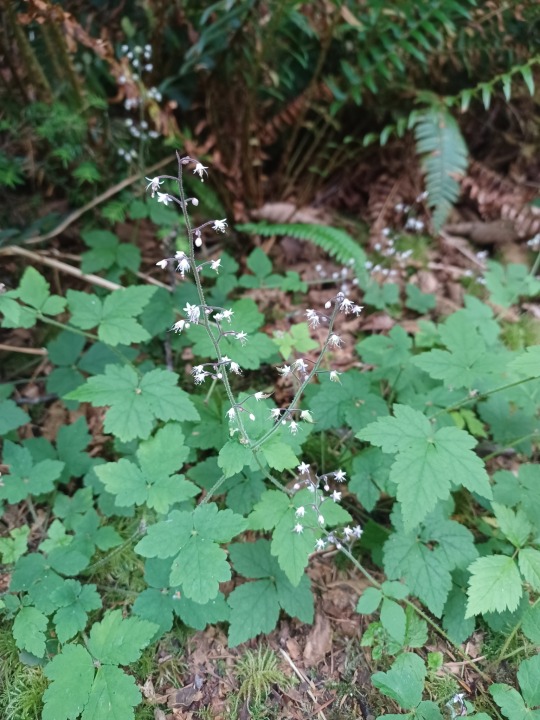
Threeleaf foamflower (Tiarella trifoliata)
Let me be clear: I love apps. I use Merlin routinely to identify unknown bird songs, and iNaturalist is my absolute favorite ID app, period. But these tools are not 100% flawless.
For one thing, they’re only as good as the data you provide them. iNaturalist’s algorithms, for example, rely on a combination of photos (visual data), date and time (seasonal data), and GPS coordinates (location data) to make initial identification suggestions. These algorithms sift through the 135-million-plus observations uploaded to date, finding observations that have similar visual, seasonal, and location data to yours.
There have been many times over the years where iNaturalist isn’t so sure. Take this photo of a rather nondescript clump of grass. Without seed heads to provide extra clues, the algorithms offer an unrelated assortment of species, with only one grass. I’ve gotten that “We’re not confident enough to make a recommendation” message countless times over my years of using the app, often suggesting species that are clearly not what I’m looking at in real life.

Because iNaturalist usually offers up multiple options, you have to decide which one is the best fit. Sometimes it’s the first species listed, but sometimes it’s not. This becomes trickier if all the species that are suggested look alike. Tree-of-Heaven (Ailanthus altissima), smooth sumac (Rhus glabra) and eastern black walnut (Juglans nigra) all have pinnately compound, lanceolate leaves, and young plants of these three species can appear quite similar. If all you know how to do is point and click your phone’s camera, you aren’t going to be able to confidently choose which of the three plants is the right one.

Coren correctly points out that both iNaturalist and Pl@ntNet do offer more information on suggested species—if people are willing to take the time to look. Too many assume ID apps will give an easy, instant answer. In watching my students use the app in person almost everyone just picks the first species in the list. It’s not until I demonstrate how to access the additional content for each species offered that anyone thinks to question the algorithms’ suggestions.
While iNaturalist is one of the tools I incorporate into my classes, I emphasize that apps in general are not to be used alone, but in conjunction with field guides, websites, and other resources. Nature identification, even on a casual level, requires critical thinking and observation skills if you want to make sure you’re correct. Coren’s assertion that you only need a few apps demonstrates a misunderstanding of a skill that takes time and practice to develop properly—and accurately.
Speaking of oversimplification, apps are not a Master Naturalist in your pocket, and that statement —while meant as a compliment–does a disservice to the thousands of Master Naturalists across the country. While the training curricula vary from state to state, they are generally based in learning how organisms interact within habitats and ecosystems, often drawing on a synthesis of biology, geology, hydrology, climatology, and other natural sciences. A Master Naturalist could tell you not only what species you’re looking at, but how it fits into this ecosystem, how its adaptations are different from a related species in another ecoregion, and so forth.
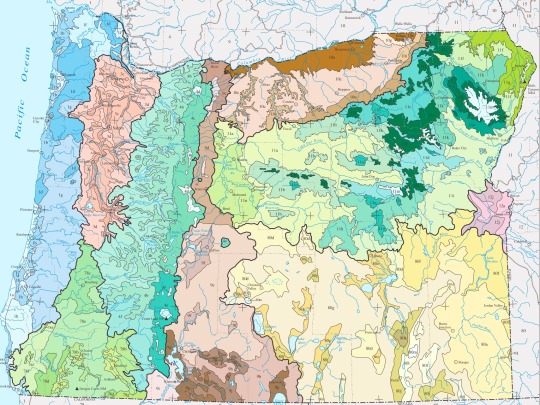
Map showing Level III and IV ecoregions of Oregon, the basis of my training as an Oregon Master Naturalist.
In spite of my criticisms, I do think that Coren was absolutely onto something when he described the effects of using the apps. Seeing the landscape around you turn from a green background to a vibrant community of living beings makes going outside a more exciting, personal experience. I and my fellow nature nerds share an intense curiosity about the world around us. And that passion, more than any app or other tool, is fundamental to becoming a citizen naturalist, Master or otherwise.
Did you enjoy this post? Consider taking one of my online foraging and natural history classes or hiring me for a guided nature tour, checking out my other articles, or picking up a paperback or ebook I’ve written! You can even buy me a coffee here!
#iNaturalist#plant apps#Seek#Merlin#nature#wildlife#plant identification#apps#botany#biology#science#scicomm#science communication#Google Lens#naturalist#Master Naturalist#conservation#environment
638 notes
·
View notes
Text

Ancora Alberi. 881. Ailanto (Ailanthus altissima (Mill.) Swingle, Simaroubaceae) in fruttificazione
21 notes
·
View notes
Text



2 notes
·
View notes
Text

super invasive Tree of Heaven (Ailanthus altissima) that I snatched from an empty lot. The wood has some crafting potential but when de-leafed it smells horrifically similar to a bag of Fritos ??
19 notes
·
View notes
Text
My common milkweed (Asclepias syriaca) is definitely the most popular flower in the habitat ring right now. It seems like every day I’m finding a new insect to identify.

If you thought this was some kind of beetle you’re not alone — I thought the same. However, it’s actually a moth!
Atteva aurea, or the ailanthus webworm moth, was originally native from southern Florida to Costa Rica along with its host plants, native paradise trees. However, it is also able to use the invasive tree of heaven (Ailanthus altissima) as a host plant, spreading north throughout much of the United States.
#insects#moths#Atteva aurea#Asclepias syriaca#native plants#invasive plants#gardening#the habitat ring#don’t be a petaq grow native plants
11 notes
·
View notes
Text
AILANTHUS WEBWORMMMM MOTH (Atteva aurea)
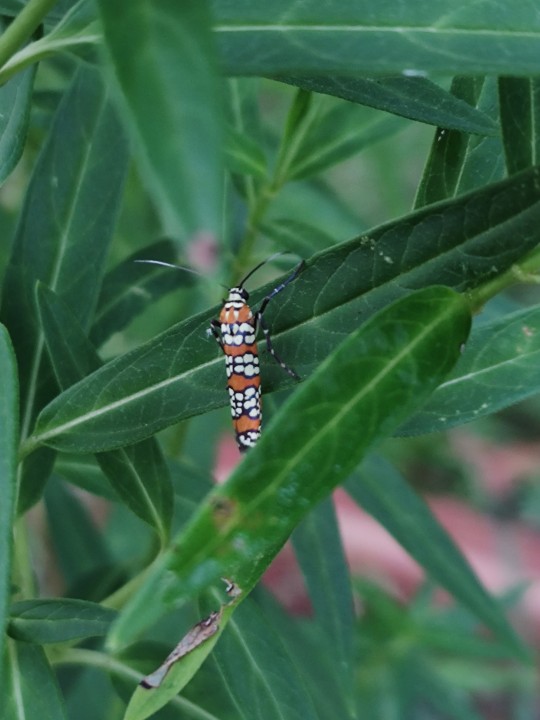
(my photo of an Ailanthus Webworm Moth, Atteva aurea)
This super cool little dude here was found chilling on my milkweed! They like my sedum a lot too which is where I normally find them, these guys are a native species to the eastern US and can be found pretty much all the way through Canada to Mexico, I've never seen them before this season and at first I thought they were a beetle because I never saw their proboscis or them fly, They get their name Ailanthus from the tree of heaven, Ailanthus altissima, tree of heaven is an invasive species unlike the webworm moth which is native, but when the tree of heaven was introduced and began to spread, the range for the Webworm moth did to!
This is incredibly fascinating to me as I rarely think of invasive species and native ones working together. I always have thought of invasive species as being unusable by a native species. Even when a bee drinks nectar from a Chinese privet or a bird nests in a Bradford pear, I always thought that was the limit of the use, something that just takes the place of something more beneficial, but while that still is the case for some species of plant and animal, in the case of the Ailanthus Webworm moth, it has truly used the tree of heaven to its advantage. I've never heard of or thought of a native species using an invasive one in this way, to further its own gain and spread across the US. I find it truly fascinating!
I'm not saying this is a good or bad thing of course; I despise invasive species especially ones as fast acting and destructive as the tree of heaven. I just think it's interesting to see how the tree of heaven has also facilitated the spread of a species that was already a US native.
Also I found this at the end of one website explaining why they weren't a serious pest and I thought it totally sounded like the webworm moth wrote it:

Links to where I learned this stuff:
If anyone else has seen these guys and wants to add any pictures or info, please do! Let's share all the knowledge we can!
#ailanthus webworm moth#gardenblr#nature#plantblr#gardening#forest#plants#bugs#garden#bugblr#insectblr#moth#mothblr
3 notes
·
View notes
Text
One thing that I often find lacking in online resources about plants is: when a plant is classified as invasive (which is always implicitly meant as “invasive in the US” since apparently that’s the only country /s), why is there no mention of why it’s so destructive outside of its native range?
Like, for example, I live in an area where Ailanthus altissima (tree of heaven) is invasive. I have read all about the mechanisms this tree uses to spread, the fact that it thrives and spreads even faster when cut, and the fact that it releases a chemical in the soil to prevent rival trees from growing.
But my question is, how does this tree coexist with other plants in its native ecosystem? How is its spread limited? What makes it native to that area, and invasive in other areas? Idk maybe it’s just me but I feel like it could be useful information but what do I know
2 notes
·
View notes
Text
if you live in north america and you have low blood pressure, one thing I recommend doing is researching Ailanthus altissima, also known as "Tree of Heaven," and learning to identify it. Soon your blood pressure will spike dramatically every time you're on a highway that goes next to any kind of woods. No need to thank me
#if you don't live in north america you can research another overwhelmingly common invasive plant. have fun.#in fact even if you do live in north america you can research more than one#look up kudzu if you're in the south. look up multiflora rose look up garlic mustard.
2 notes
·
View notes